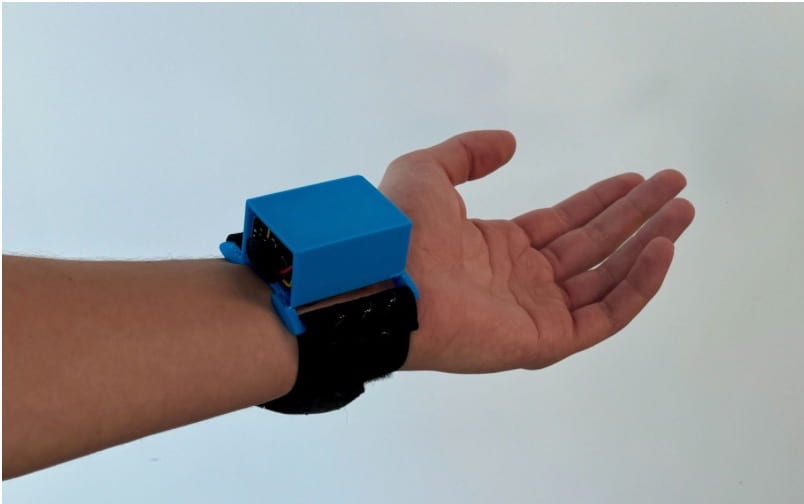Get to know our team on LinkedIN:
Marika Misabishvili, Jorik Stoop, Lauren Wilson, Ryan Ha, William Anong
VitaLVAD
Blood Pressure monitoring for Left Ventricular Assist Device Patients
Project Description:
In the United States, approximately 600,000 people have advanced heart failure with 62,000 people each year eligible for a heart transplant or Left Ventricular Assist Device (LVAD) implant. LVADs pump blood through the left ventricle to the rest of the body, assisting with normal heart function. However, this life-saving device comes with additional challenges. The LVAD pump creates continuous blood flow, which makes traditional methods of measuring blood pressure with an automatic cuff or stethoscope ineffective. Without regular blood pressure monitoring, LVAD patients are at high risk for hypertension and adverse events including stroke. Unfortunately, non-invasive methods for measuring blood pressure with continuous flow are difficult to use, expensive, and prone to user error.
The most commonly used Doppler method uses an ultrasound probe in combination with a manual blood pressure cuff to determine a patient’s mean arterial pressure. This method requires practice to master and is time-consuming. Caretakers simultaneously inflate and deflate a cuff, listen to audio output, and record the pressure value from a gauge all the while keeping a probe that’s prone to slipping in place.
With our FlowSense monitor, we eliminate these complicated steps. We use a wristband with a sensor that detects blood flow to automatically indicate when the target pressure is reached, allowing the user to focus solely on reading their cuff pressure. Our innovation makes it possible for patients to monitor their blood pressure at home and for clinicians to save precious seconds in the operating room. Our device is as accurate as the doppler method and takes less than one minute to use. With the FlowSense monitor, users can confidently measure their blood pressure by themselves at home, decreasing the risk of adverse events like stroke and hypertension.



